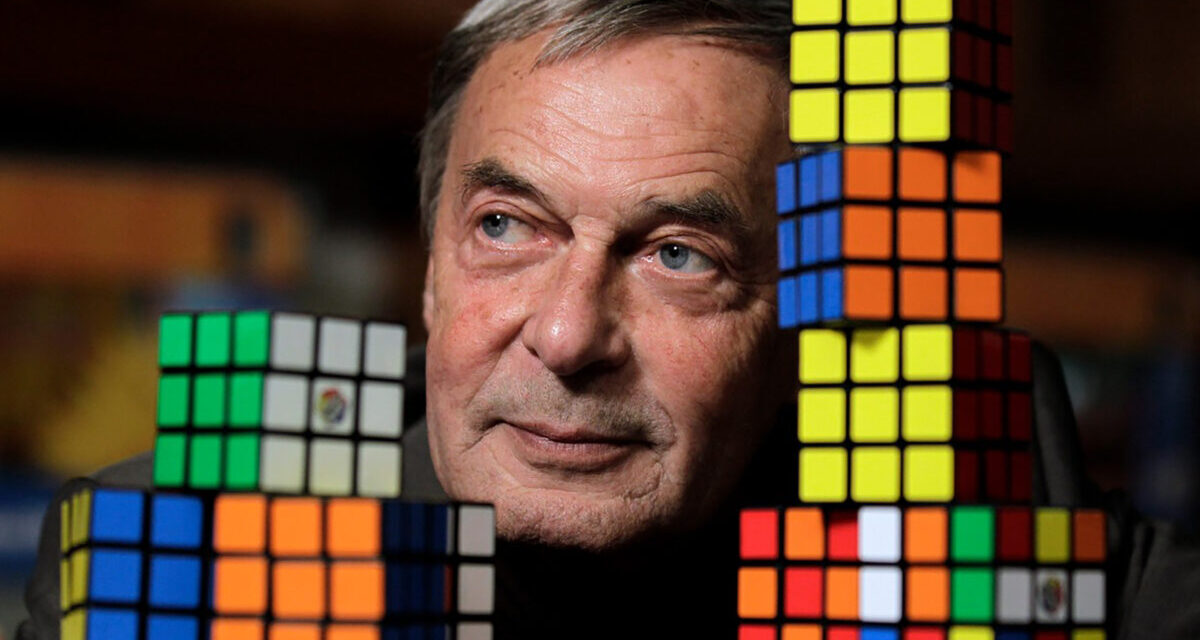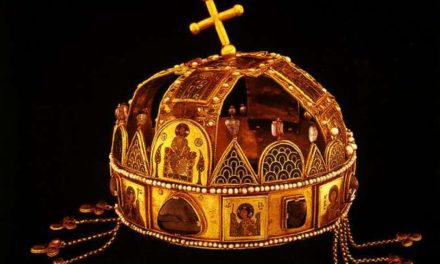The polymath created the magic cube because of the annoying spatial blindness of his students.
Sculptor, architect, designer, interior designer, game designer. Because of the latter, he is one of the best-known Hungarians, who celebrates his 80th birthday on July 13.
It all started at the college of applied arts. Teacher assistant Ernő Rubik Jr. was annoyed beyond measure by the fact that his students, although they studied architecture, were unable to think spatially. "They are almost illiterate when they have to apply geometry. If, for example, they need to translate something from the plane to the square. I noticed that if there is color blindness, then there can also be space blindness," he said back in the seventies, when asked about the birth of the magic cube. In 1974, i.e. 50 years ago, he made the first version of the later Rubik's Cube out of wood. Made of plastic. He also showed it to his students. Years later, he spoke about the essence of the magic cube like this: "In my opinion, the thought-provoking, logic-training game is nothing more than the embodied, physical reality of mathematics, where there is no fraud or deception. In this self-ruled world, something either has a solution or it doesn't.
What I liked about the cube is that it gives an opportunity to show the rules and thinking in the system, and moreover in a playful form"
- said Ernő Rubik, who, unlike many, has always loved mathematics and geometry. "For me, math was never a terrible nightmare to be feared, to be wrestled with. I challenged math to a friendly match. And while we competed, we also became friends!" - he declared in 1978 in the Pajtás newspaper.

The magic cube is one of the world's best-known creative games even today. Photo: MTVA/Commissioner: Attila Máté
On January 30, 1975, he walked into the Invention Office with the cube prototype. He did all this in the socialist Hungary of the 1970s, where he was afraid his invention would die. He himself approached the Polytechnic Industrial Cooperative, which produces plastics, which undertook the production of the cube, another question is whether
the distributor of the game, Triál, only ordered five thousand pieces of the cube, saying that this complicated game could only be made popular with very serious marketing costs, but they could not spend that much on it.
The five thousand pieces of the Rubik's cube, however, were sold out in seconds. "Many more would be sold if people knew about me," Ernő Rubik said at the time. The breakthrough was then brought by the incredibly increased foreign interest in the game.
In 1978, the magic cube appeared in England, Switzerland, West Germany, France and Italy, among others.
In 1979, the American toy giant Ideal Toys came to Budapest and signed a contract for one million magic cubes.
more precisely, the Gordian knot, because they initially tried to introduce the game to the market under that name. Later on, there was no need for the silly name. By the way, in the United States in 1980, a magic cube was sold for $10 and sold like sugar. We know the rest. The magic cube became one of the most successful creative games of all time, and Ernő Rubik, a recognized game designer, also received the Kossuth Award. He could have been only an architect, only a sculptor, only an interior designer, only a designer. But he became more. A world-renowned game designer who was annoyed by his students' spatial blindness until he created one of the world's best-known games.
Featured image: Profimedia













